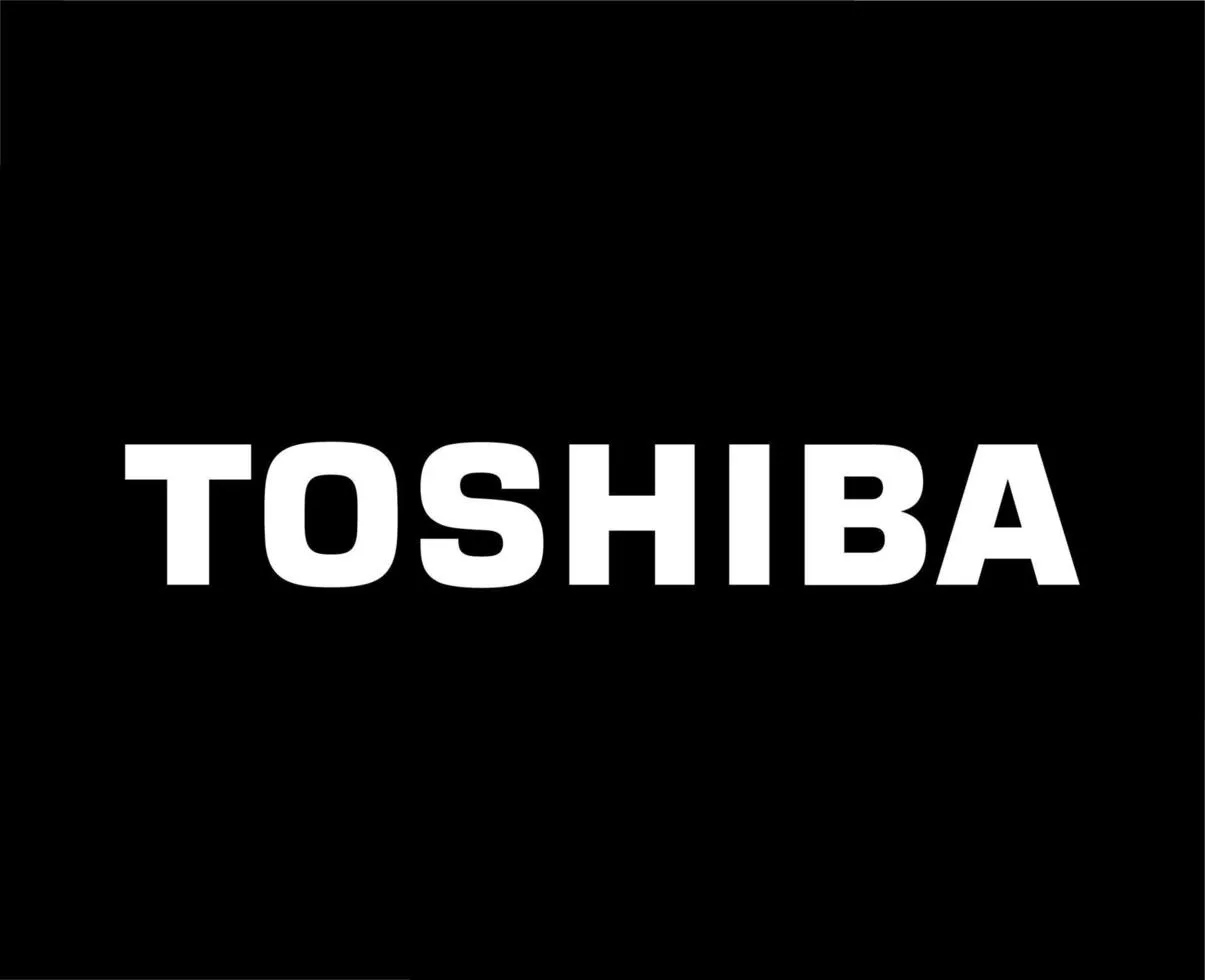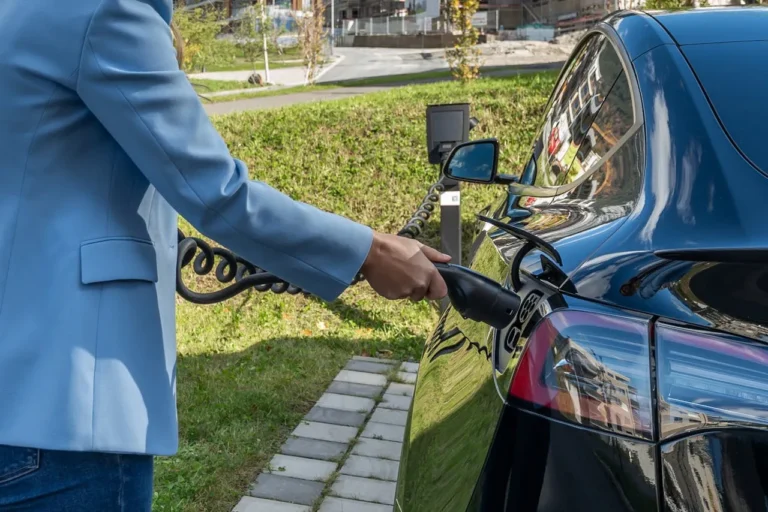
Toshiba Launches 1800V Automotive Photorelay for Next-Generation EV and Energy Storage Systems
Toshiba Electronic Devices & Storage Corporation has announced the release of its latest automotive-grade photorelay, the TLX9165T, designed specifically to support high-voltage battery systems in electric vehicles (EVs) and industrial energy storage applications. Housed in a 10-pin SO16L-T package, this innovative component delivers an output withstand voltage of 1800V (min), making it ideal for use in 800V battery systems, which are becoming increasingly common in modern EV platforms. Volume production and shipments began today.
Meeting the Demands of Next-Gen EV Systems
The global shift toward electric mobility has created growing demand for vehicles that offer both faster charging and longer driving ranges. Achieving this requires highly efficient battery management systems (BMS) capable of operating in high-voltage environments while maintaining safe electrical insulation. The new TLX9165T addresses these needs by offering robust voltage isolation and high switching performance.
Battery Management Systems play a central role in monitoring battery health, state-of-charge, and insulation integrity—key functions that ensure both battery longevity and vehicle safety. To safely manage these high-voltage environments, photorelays are used to provide electrical isolation between the battery and the vehicle chassis or control systems.
As electric vehicles transition from traditional 400V systems to 800V architectures, components must be able to handle significantly higher voltage levels. For a safe and reliable design, photorelays are required to tolerate withstand voltages of at least twice the system voltage, or 1600V+. Toshiba’s TLX9165T, with its 1800V output withstand capability, ensures dependable performance in such environments.
Expanding Use Beyond Automotive: Energy Storage Applications
In addition to automotive use, the TLX9165T photorelay is also well-suited for energy storage systems (ESS) that support renewable energy infrastructure. Like automotive battery systems, ESS operates in high-voltage environments and relies on insulated switching to manage energy flow and ensure user safety. As global demand for renewable energy grows, so does the need for robust, high-voltage components like Toshiba’s new photorelay.
Advanced Features for High Reliability and Safety
Toshiba’s TLX9165T sets a new benchmark in photorelay performance through a combination of material innovation, high insulation voltage, and compliance with international safety standards:
- New High-Voltage MOSFET Technology: At the core of the device is a newly developed high-voltage MOSFET, designed to withstand 1800V (minimum), making the relay ideal for applications in 800V systems.
- High Isolation Voltage: The TLX9165T achieves an isolation voltage of 5000Vrms (min), ensuring reliable operation in high-voltage systems with robust separation between control and load circuits.
- Resin with High CTI Rating: The 10-pin SO16L-T package uses a molding resin that achieves a Comparative Tracking Index (CTI) of ≥600, placing it in Material Group I as defined by IEC 60664-1. This improves resistance to electrical tracking, crucial in maintaining insulation reliability under high-voltage stress.
- Creepage Distance of ≥7.5mm: The device’s structural design ensures a creepage distance of 7.5mm or more on the light receiver side. This further supports safe operation at voltages up to 1500V, consistent with IEC 60664-1 requirements, especially under pollution degree 2 environments, where contaminants may become conductive through condensation.
- Standard Footprint Compatibility: The TLX9165T maintains the same pin pitch and configuration as Toshiba’s existing SO16L-T family (such as the TLX9160T and TLX9152M), simplifying PCB design reuse and making it easy for engineers to integrate the new photorelay into existing platforms.
- Automotive-Grade Reliability: The device is AEC-Q101 qualified, confirming its reliability and robustness for use in automotive environments, where performance is critical under varying thermal and mechanical stress conditions.
Broad Range of Use Cases
The TLX9165T photorelay is tailored for both automotive and industrial applications that demand safe, compact, and reliable electrical isolation:
Automotive Equipment
- Battery voltage monitoring in BMS
- Detection of mechanical relay sticking
- Ground fault detection in high-voltage systems
Industrial Applications
- Energy Storage Systems (ESS)
- High-voltage DC switching
- Replacement for mechanical relays to improve reliability and reduce wear
Key Specifications
| Feature | Value |
|---|---|
| Output Withstand Voltage (VOFF) | 1800V (min) |
| Isolation Voltage | 5000Vrms (min) |
| Avalanche Current (IAV) | 0.6mA |
| Configuration | Normally Open (1-Form-A) |
| Package Type | SO16L-T, 10-pin |
| CTI Rating | ≥600 (Material Group I) |
| Creepage Distance | ≥7.5mm |
| Standards Compliance | IEC 60664-1, IEC 60112, AEC-Q101 |
Contribution to Safer, Smarter Power Systems
By delivering higher withstand voltages, better insulation resistance, and automotive-grade durability, the Toshiba TLX9165T photorelay significantly enhances the safety and performance of next-generation high-voltage power systems. Whether in EVs striving for faster charging and longer ranges, or in ESS platforms stabilizing the renewable energy grid, this new photorelay provides a compact, reliable solution that supports system integrity and design flexibility.
Toshiba remains committed to developing advanced photorelay solutions for automotive battery platforms and industrial energy storage applications. Through continued innovation, the company aims to facilitate the evolution of sustainable energy systems and contribute to safer, more efficient technologies across the mobility and power sectors.
Notes on Standards and Terms
- Photorelay: A solid-state relay with an optically isolated switch, allowing safe control of high voltages without direct electrical connection.
- CTI (Comparative Tracking Index): A measure of a material’s resistance to surface electrical tracking, defined under IEC 60112.
- IEC 60664-1: A global standard for insulation coordination in electrical equipment operating at up to 1000V AC or 1500V DC.
- Creepage Distance: The shortest path between two conductive parts, measured along the surface of the insulating material.
- Pollution Degree 2: Environmental condition where only non-conductive pollution is present under normal conditions, but temporary conductivity may occur due to condensation.
With the launch of the TLX9165T, Toshiba is reinforcing its leadership in advanced power semiconductors and solid-state relay technologies, supporting safer, smarter, and more reliable energy and mobility systems worldwide.







